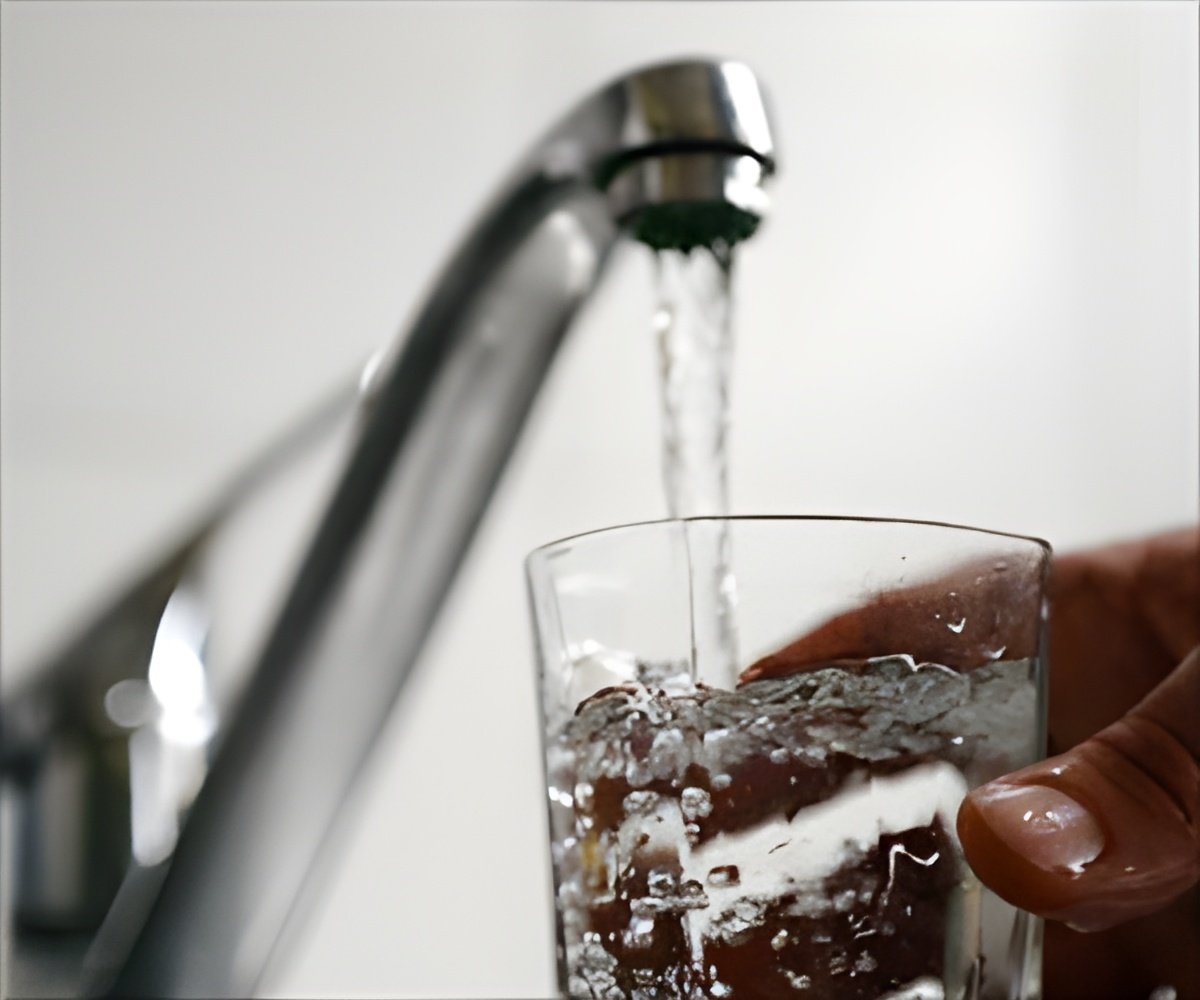
One of the surprises in the study of 11,000 public supply wells state wide is the extent to which high levels of arsenic, uranium and other naturally occurring but worrisome trace elements is present, authors of the study said.
Public-water systems are required to bring many contaminants down to acceptable levels before supplying customers. But the findings highlight potential concerns involving the more than 250,000 private wells where water quality is the responsibility of individual homeowners, state officials said.
Several million Californians rely on public water systems in which raw supplies bear potentially toxic amounts of those trace elements, according to the first cumulative findings of the state and federal Groundwater Ambient Monitoring and Assessment program, which California created in the early 2000s.
The survey also gives public-policy-makers the first sweeping look at the extent to which agricultural irrigation, industrial pollutants and other uses of groundwater are adding to problems for underground water reserves, now under heavy demand in California's drought.
Uranium, for example, is a naturally occurring element — one that can raise the risk of kidney ailments and cancer if consumed long-term at high levels.
Advertisement
For California's water managers, "the challenge right now, of course, is the drought," said John Borkovich, an official with the state Water Resources Control Board who helps oversee the groundwater monitoring program. "Being able to sustain delivery of a safe water supply is the No. 1 concern, of course. But water quality is hand in hand with water quantity."
Advertisement
Statewide, about one-third of the state's drinking water comes from groundwater in public supply wells. In California's Central Valley, groundwater contaminated with uranium, arsenic or nitrates at several rural schools in Tulare County has put drinking fountains off limits to pupils.
By law, public water systems with a well that consistently shows unhealthy levels of contaminants are required to notify customers and fix the problem, said Kurt Souza of the State Water Resources Control Board's division of drinking water.
The study managed to examine supplies for 99 percent of Californians using public water systems, said Kenneth Belitz, lead author on the report and now the head of the groundwater portion of U.S. Geological Survey's National Water Quality Assessment Program.
Solutions often involve diluting contaminated water with a clean source, or drilling a new well. A total of 8.9 percent of Californians drink from public water systems where groundwater in its raw form bears excessive levels of potentially toxic trace elements, the study found.
Another key finding showed that unsafe levels of nitrates from fertilizer cloud raw groundwater supplies for only 5.6 percent of Californians on public water systems— but almost all of them are in former farmland long ago converted to suburbs, said Belitz.
The high readings from former farmland in Northern California's Livermore Valley and Southern California's Santa Ana basin underscore that it can take decades for contamination to show up in public water systems, said Belitz.
In places such as the Central Valley that are now heavily agricultural, nitrates from fertilizer might be "something that in the future ... people will be dealing with," he said.
Source-Medindia









